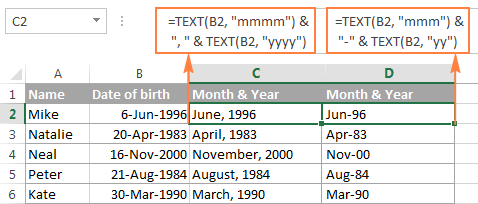

Gridlines – Change the color of major/minor gridlines or turn them off completely.This is mostly for those of you that include multiple series.
 Legend – Customize the legend settings (e.g. Also, you can change the placement of the axis and reverse them. Vertical axis – Allows you to change the font type, size, and format of the vertical axis label. Plus, you can set the maximum and minimum chart values (the bar graph uses dataset-based maximum values by default). Horizontal axis – Allows you to customize the font type, size, and format of the horizontal axis label. Turn your Google Spreadsheets into Powerful Dashboards. FAQs Related to Creating a Bar Graph In Google Sheets. How to Integrate Google Sheets with Databox. How to Make a Stacked Bar Chart in Google Sheets. How to Change a Visualization in Google Sheets. How to Customize a Bar Graph in Google Sheets. How to Label a Bar Graph in Google Sheets. How to Create a Bar Graph in Google Sheets. Here’s how to easily create a bar graph (or other visualizations) using your performance data in Google Sheets. This way, it’s more accessible to others, whether that’s members of your own team, your bosses, or even the board of directors. That’s why most people who put together Spreadsheets also look for ways to visualize the data inside of it. That’s the strength of Spreadsheets – collating a lot of information in one place.Īnd while there’s a lot of functionality within a tool like Google Sheets to categorize and manipulate the data, it’s not the best tool to present performance data to others. Look, while they’re certainly not the easiest way to consume information, most companies are still using spreadsheets in order to pull a lot of different data into one place.
Legend – Customize the legend settings (e.g. Also, you can change the placement of the axis and reverse them. Vertical axis – Allows you to change the font type, size, and format of the vertical axis label. Plus, you can set the maximum and minimum chart values (the bar graph uses dataset-based maximum values by default). Horizontal axis – Allows you to customize the font type, size, and format of the horizontal axis label. Turn your Google Spreadsheets into Powerful Dashboards. FAQs Related to Creating a Bar Graph In Google Sheets. How to Integrate Google Sheets with Databox. How to Make a Stacked Bar Chart in Google Sheets. How to Change a Visualization in Google Sheets. How to Customize a Bar Graph in Google Sheets. How to Label a Bar Graph in Google Sheets. How to Create a Bar Graph in Google Sheets. Here’s how to easily create a bar graph (or other visualizations) using your performance data in Google Sheets. This way, it’s more accessible to others, whether that’s members of your own team, your bosses, or even the board of directors. That’s why most people who put together Spreadsheets also look for ways to visualize the data inside of it. That’s the strength of Spreadsheets – collating a lot of information in one place.Īnd while there’s a lot of functionality within a tool like Google Sheets to categorize and manipulate the data, it’s not the best tool to present performance data to others. Look, while they’re certainly not the easiest way to consume information, most companies are still using spreadsheets in order to pull a lot of different data into one place.








